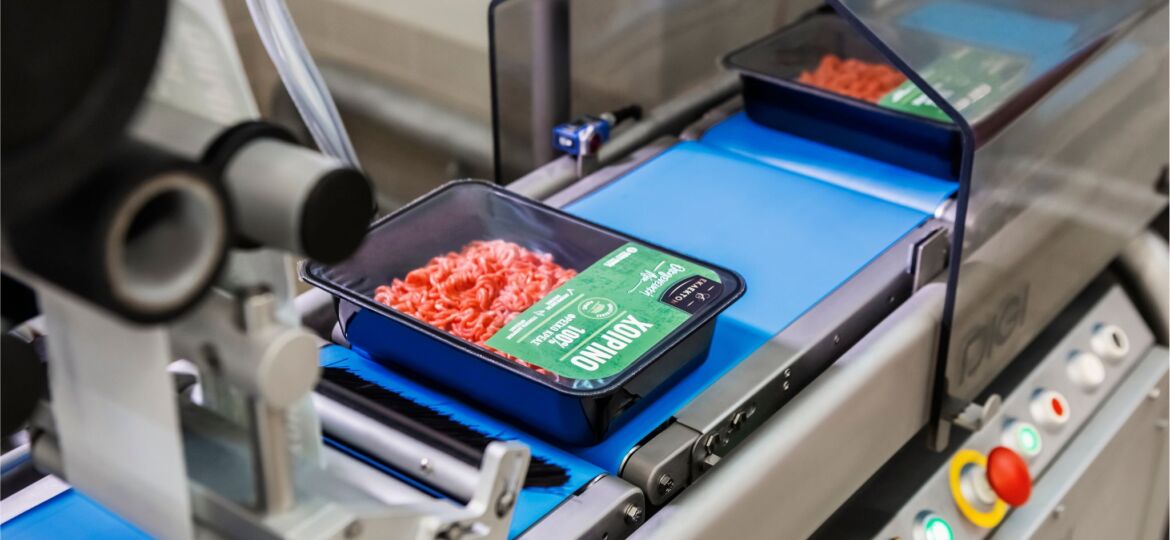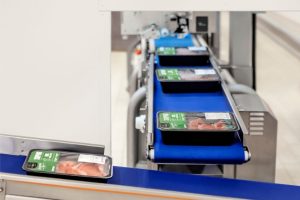
MODIFIED ATMOSPHERE PACKAGING: WHAT IS IT AND WHAT BENEFITS DOES IT OFFER
For the food industry, extending fresh food life is critical to the supply chain so that high demand is met while raw material losses are minimized.
To prevent food from spoiling in a short time, humans have developed dozens of preservation methods since man began to realize the need for this process.
Reaching top technological development, the most modern ways to extend the shelf life of food are vacuum packaging and modified atmosphere packaging.
Which products do these packaging methods apply to?
Fresh foods that can be vacuum packed or modified atmosphere packaging are:
- Fresh meat
- Fresh poultry
- Processed meat (e.g. cured meats, sausages, other meat products, etc.)
- Cheese
- Fruits & vegetables
- Powdered milk
- Fish & Seafood
- Nuts
For the raw meat, but also for fresh products made from meat, modified atmosphere packaging is becoming a preservation method of choice, even in comparison to vacuum packaging (not only to older preservation methods), as it ensures a longer life for the product, maintaining its quality characteristics, and its shape (which is altered when using vacuum packaging).

Department of Packaged Meat and Meat Products in Trays Production – Attica Meat Facilities
Modified Atmosphere Packaging (MAP): The most modern way of preserving a food raw material is done by packaging in a modified atmosphere, i.e. by modifying the gaseous environment in which the product is kept.
What does this mean; this means that the product enters a gaseous environment with a different composition from that of the air we breathe, but with the use of gases that are naturally present in the atmospheric air.
It’s often said that modified atmosphere packaging is great for preserving flavor and aroma in meat, but how does it work?
With MAP, an environment is created that provides an effective built-in vapor barrier, which prevents product flavor and odor loss that would otherwise be caused by evaporation.
In addition, the combination of different levels of oxygen, carbon dioxide and nitrogen protect the meat from early microbes, while the right mixtures of gases preserve the appearance of the meat.
Why is this preservation method chosen over others? With MAP, the fresh product is given the longest possible shelf life, with no artificial preservatives (as older methods used to do), but with the use of gases (mainly carbon dioxide (CO2), oxygen (O2), nitrogen (N2) as an inert gas), that are naturally present in the atmospheric air.



